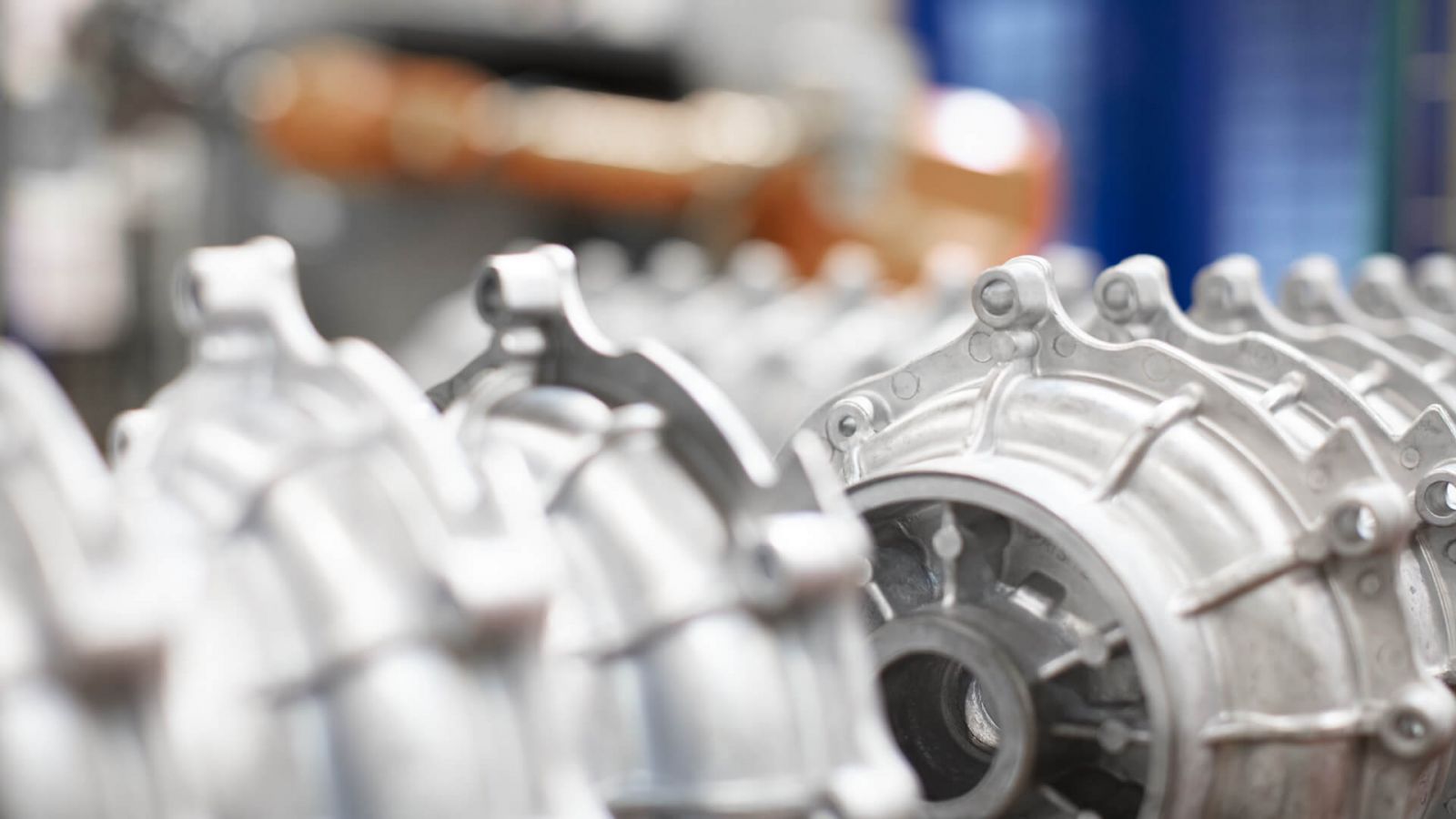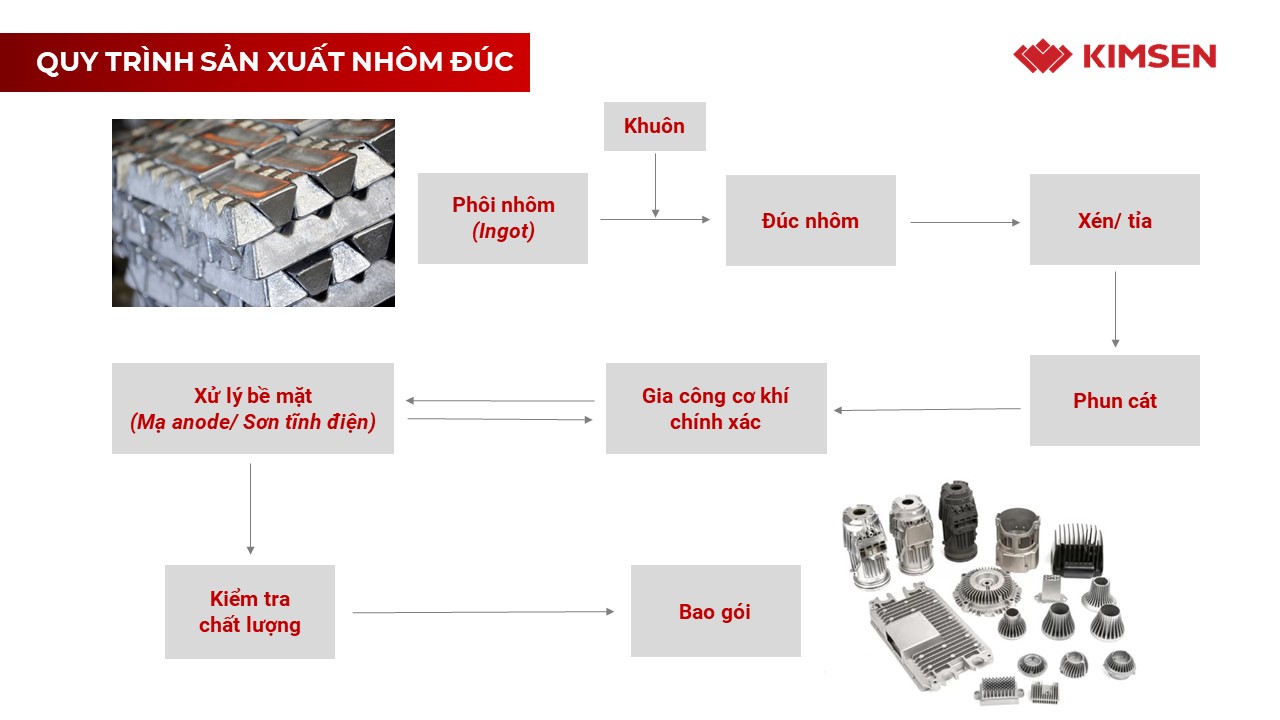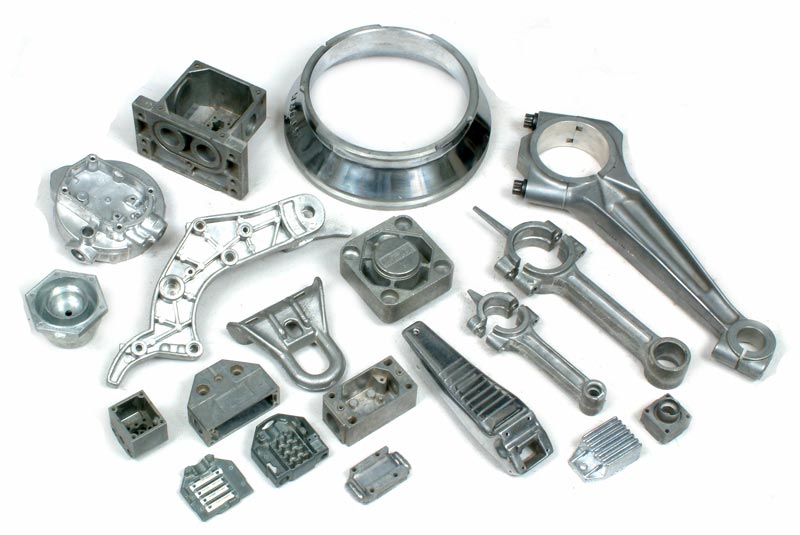The process and benefits of aluminum casting in manufacturing
 (Image source: Internet)
(Image source: Internet)
What is Aluminum Casting?
Aluminum casting is a method for producing high tolerance and high quality parts by pouring molten aluminum into a precisely designed and precision engineered die, mold, or form. It is an efficient process for the production of complex, intricate, detailed parts that exactly match the specifications of the original design.
The Aluminum Casting Process
One typical method for casting aluminum is to pour molten aluminum into a steel mold that has been precision processed to ensure that the cast piece will have an exceptionally smooth and refined surface. This particular process is one of several methods used to produce aluminum castings, each of which is used for the creation of specific types of parts.
A variation in the casting processes is the type of mold, which can be permanently made of steel or temporarily made of a non-metallic material. Each of the types of castings have their benefits and are depended on for their reliability and product quality.

Aluminum Casting Process at KIMSEN
In order to discuss the aluminum casting process, it is necessary to examine each of the different distinct methods and how they are used since there isn‘t just one process. Though there are manufacturers who specialize in one or several methods, many producers offer customers a choice as to which process they would prefer.
Benefits of Aluminum Casting
The many benefits of aluminum casting are evidenced by its wide use by manufacturers. The excellent surface finish of cast aluminum parts as well as their extraordinary endurance and stability are a few of the reasons that engineers turn to aluminum and its alloys when creating new designs.
The developments of aluminum casting are constantly changing and advancing as new and improved technical innovations create additional options for manufacturing and design.
Design
Aluminum casting can produce any size, shape, configuration, or form imaginable. From the smallest electrical component weighing less than a gram to transmission casings and clutch housings for automobiles, casting produces each part precisely to the requirements of the design, flawlessly with little need for finishing.
The advent of aluminum casting has offered engineers the opportunity to design any type of configuration with the assurance that the part will perform up to expectations. Aluminum cast Components maintain their integrity through assembly, disassembly, repair, and reprocessing.
 (Image source: Internet)
(Image source: Internet)
Versatility
The wide range of possible design factors provides engineers with the ability to take advantage of the exceptional characteristics associated with aluminum casting. The versatility of aluminum casting allows for the flexibility of dreaming up any type of custom creation, regardless of how unique or unusual, and making it possible to make it a reality.
Rate of Production
Producers are constantly looking for faster and more efficient methods for producing high quality products. Computerization has enhanced the pressure to be capable of on time deliveries to meet customer needs. As the demand for increased efficiency and performance grows, aluminum die casting has been more than capable of meeting and exceeding what has become required. Parts, components, and workpieces are produced at a high rate of speed that is faster than any other type of alloy.
Strength
One of the most notable characteristics of aluminum cast parts is their strength to weight ratio, which exceeds any other metal or alloy. Aluminum products are lightweight but have the strength of steel. This factor adds to their endurance and life expectancy, a crucial factor for 21st Century products.
.jpg) (Image source: Internet)
(Image source: Internet)
Appearance
Though aluminum castings are exceptionally strong and lightweight, they have a very positive appearance and aesthetic value. There are several uses for aluminum casting that do not require them to be seen or have a pleasant appearance. In applications where they have to perform and be appealing, they do not have to be adjusted or re-engineered.
Cost
Every industry is seeking means and methods to lower costs but produce high quality products. The low cost of the aluminum casting process is a major factor in why companies are choosing it for product development. Much of the cost savings is due to the speed of production and the elimination of the need to finish completed products. The lower cost of materials, fast production runs, and elimination of finishing are passed on to customers and consumers.
Corrosion Resistance
When aluminum castings are exposed to the air, their surface becomes oxidized, which is a characteristic of the metal. This one factor is the reason that aluminum castings have longevity and reliability. This enhanced lifetime provides users with greater value.
*Source: https://www.iqsdirectory.com/articles/casting/die-casting/aluminum-casting.html


 Chia sẻ:
Chia sẻ: